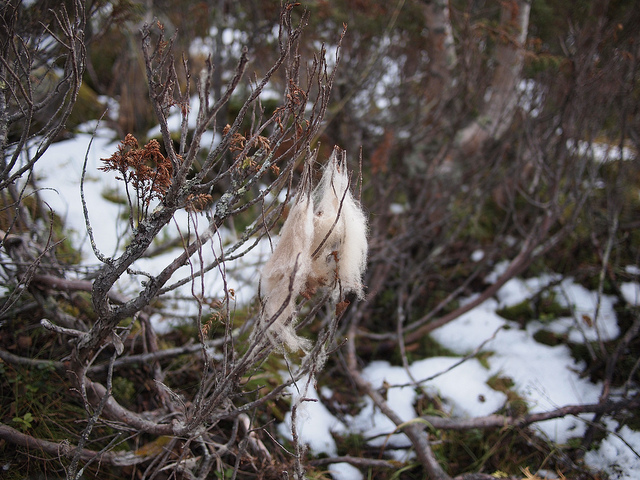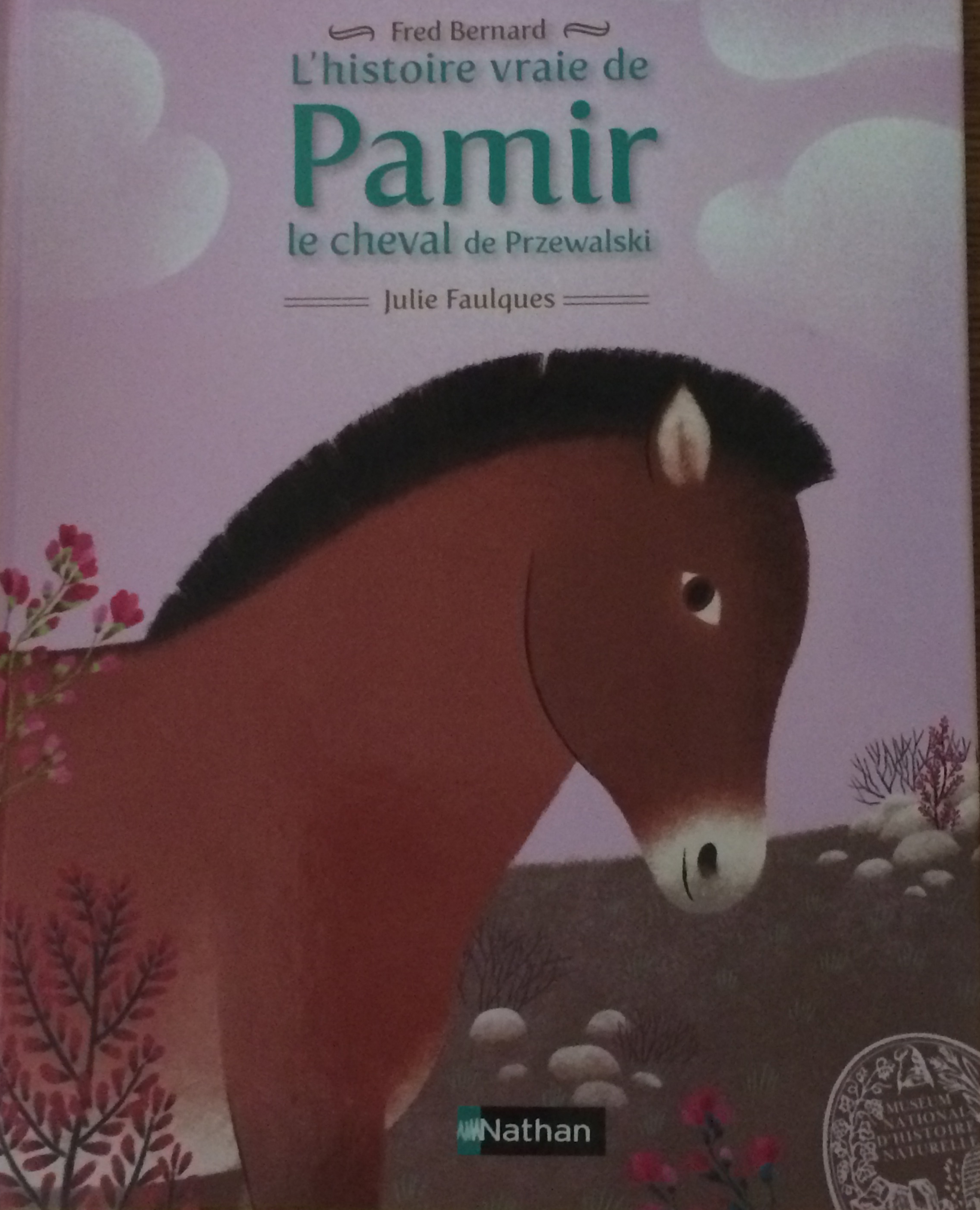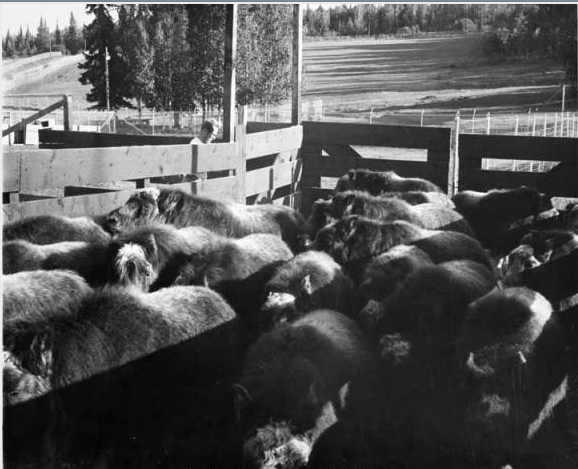
A place for stories

I just finished reading William Cronon’s “A Place for Stories: Nature, History, and Narrative” from 1992. Although now 21 years old, it is a brilliant piece of scholarship that all historians, whether studying the environment or not, should read. I read it when I was a PhD student, but it spoke to me so much more now than then, particularly since I’m going to be giving a keynote in two weeks at the “From Instants to Eons: Time in Environment and Environmental History” conference at Tallinn University titled “Happy Endings: how choosing the end points of our histories matters”. In that talk, I’m going to include beaver reintroduction as one case-in-point. After all, if the story of the European beaver stops in 1900, it is a very different story than a narrative that stops in 2000.
Cronon speaks about the intellectual project of being an environmental historian, and how our construction of narrative matters. As historians, we take a series of facts/events and we construct stories “that order and simplify those events to give them new meanings.” In doing so, we make choices both about which facts/events to include (we can’t include everything that happened in every story) and how those things are connected. The result is a story with a narrative arc — and although the plot can have its ups and downs, it usually comes out as either a progressive story or a declensionist one.
The narrative trajectory matters. Because the narrative contains a beginning, middle, and end, “completed action gives a story its unity and allows us to evaluate and judge an act by its results.” We tell moral stories with our choice of ending — “the difference between beginning and end gives us our chance to extract a moral from the rhetorical landscape” — thus the moral is very different if the same facts are told as a different story.
Cronon’s work has some direct implications for my work in the field of restoration. First, because the closing scene of the narrative has to be different than the opening one, value judgements are made about the worth of the scene, i.e. the environment. As way of example, Cronon writes,
If the story ends in a wheatfield that is the happy conclusion of a struggle to transform the landscape, then the most basic requirement of the story is that the earlier form of that landscape must either be neutral or negative in value. It must deserve to be transformed.
Restoration ecology as a science is fundamentally constructed as such a narrative. A value judgement has been made that the current ecological system is neutral or negative and thus it deserves to be transformed. Thus when I study texts, both popular and scientific, about restoration efforts, I need to keep these narrative structures mind.
Second, Cronon urges environmental historians to not just tell “stories about nature, but stories about stories about nature.” At a fundamental level, that’s what I’m trying to do in the project. I’m not so much interested in beavers or muskox or wild boar themselves and how their numbers recovered (or didn’t) after reintroduction. I am rather interested in the stories the historical actors told about what they were doing because, as Cronon puts it,
to recover the narratives people tell themselves about the meanings of their lives is to learn a great deal about the past actions and about the way they understand those actions.
By examining the way that the historical actors talked about their reintroduction efforts, I hope to understand why people did the things they did and even why we do the things we do (or don’t do) today.
Finally, drawing out the moral of the story is a very important part of being an environmental historian. The historical narrative constructed, with its particular starting point and ending point, will lead to conclusions that can encourage action. As Cronon says,
A good story makes us care about its subject in a way that a chronicle does not.
We as environmental histories have a call to make actionable stories – stories which can and should affect the things we (society-at-large) think and do today. Somehow the stories we tell about the past relationship between humans and the non-human needs to matter.
As I am working on this reintroduction history — my third major history research project — I have come more and more to think about the process by which I think about history. This blog is one way that I’m trying to capture that process and make it transparent, both to myself and others. I hope it can be a place for stories.



